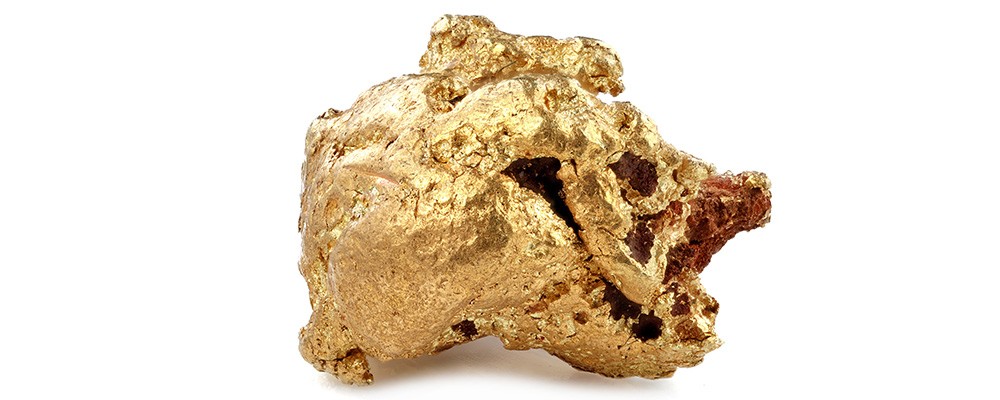Filter
Looking for something?
If you do not see anything that suits your needs, please get in touch with your requirements.
Custom EnquiryAu Pellets 1-3mm 99.99% Pure
Gold
Au Rod Diameter 1.588mm (0.0625")
Gold
Au Rod Diameter 12.7mm (0.500")
Gold
Au Rod Diameter 15.88mm (0.625")
Gold
Au Rod Diameter 19.05mm (0.750")
Gold
Au Rod Diameter 25.4mm (1.0")
Gold
Au Rod Diameter 3.175mm (0.125")
Gold
Au Rod Diameter 6.35mm (0.250")
Gold
Au Sheet Thickness 0.25mm (0.010")
Gold
Au Sheet Thickness 0.38mm (0.015")
Gold
Au Sheet Thickness 0.50mm (0.020")
Gold
Au Sheet Thickness 0.762mm (0.030")
Gold
Au Sheet Thickness 1.0mm (0.040")
Gold
Au Sheet Thickness 1.54mm (0.060")
Gold
Au Sheet Thickness 3.175mm (0.125")
Gold
Au Sheet Thickness 6.35mm (0.250")
Gold
Au Wire 1.5mm dia. 99.99% Pure
Gold
Au Foil Thickness 0.1mm (0.004") Purity 99.99%
Gold
Au Foil Thickness 0.15mm (0.006") Purity 99.99%
Gold
Au Foil Thickness 0.2mm (0.008") Purity 99.99%
Gold
Au Foil Thickness 0.1mm (.004")
Gold
Au Foil Thickness 0.152mm (.006")
Gold
Au Foil Thickness 0.2mm (.008")
Gold
Modern industrial uses include dentistry and electronics, where gold has traditionally found use because of its good resistance to oxidative corrosion.
Chemically, gold is a trivalent and univalent transition metal. Gold does not react with most chemicals, but is attacked by chlorine, fluorine, aqua regia and cyanide. Gold dissolves in mercury, forming amalgam alloys, but does not react with it. Gold is insoluble in nitric acid, which will dissolve silver and base metals, and this is the basis of the gold refining technique known as "inquartation and parting". Nitric acid has long been used to confirm the presence of gold in items, and this is the origin of the colloquial term "acid test," referring to a gold standard test for genuine value.
